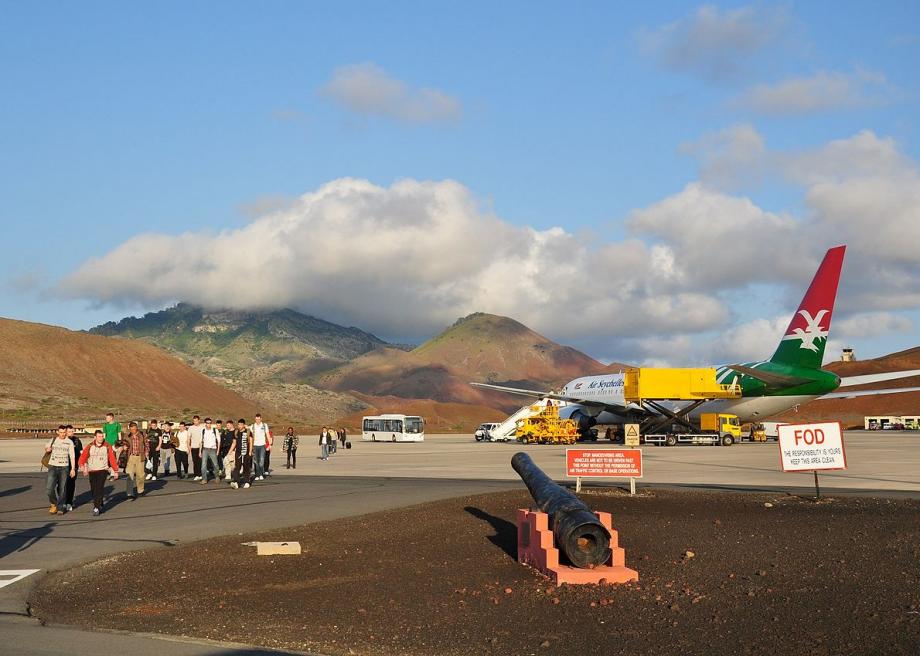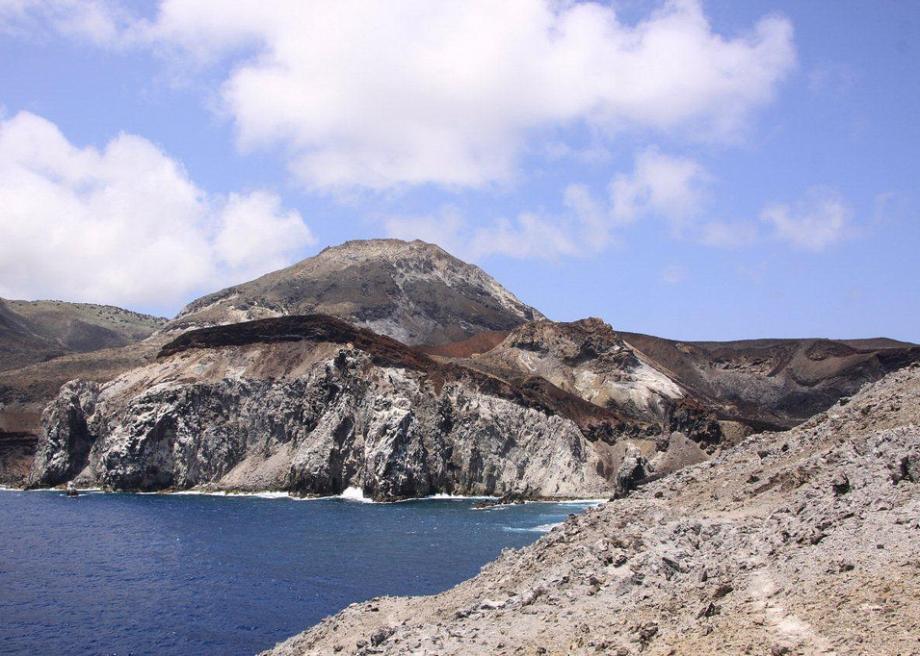Ascension Island: Home of Lava Fields, a False Forest, and the World's Worst Golf Course
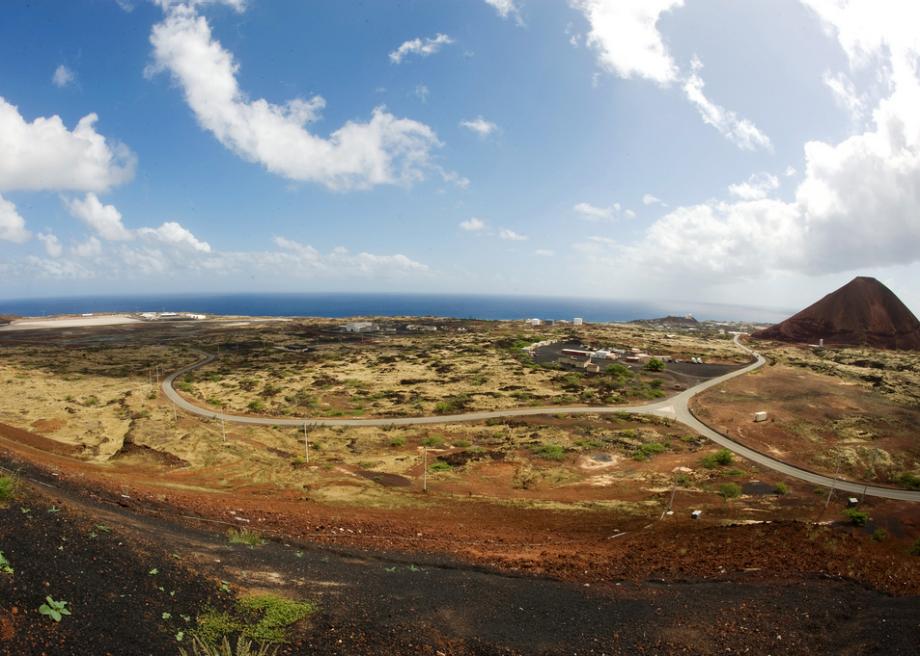
Atlas Obscura on Slate is a blog about the world's hidden wonders. Like us on Facebook,Tumblr, or follow us on Twitter @atlasobscura.
Way out in the middle of the South Atlantic Ocean, 1000 miles from the nearest continent, is a small island with an extraordinary history. Measuring 34 square miles, Ascension Island boasts jagged lava fields, an artificial forest, a NASA tracking station, a graveyard full of yellow-fevered sailors, and beaches crawling with green sea turtles. And that's just a snippet of the story.
Ascension's documented history begins in the early 16th century, when an armada from Portugal encountered it on their annual supply run to India. There is some dispute as to which year this occurred—the prevailing view is that explorer João da Nova of the Third Armada first saw the island in 1501 and named it Conception Island. Two years later, on May 21, Alfonso de Albuquerque happened upon the land mass and renamed it Ascension Island in recognition of the date: Ascension Day.
Unimpressed by the barren environs, the Portuguese dropped off a few goats to serve as future food for passing ships and continued on to India to load up on spices. Ascension saw little action until 1725, when a Dutch East India Company ship returning from the East Indies dropped off its resident bookkeeper, Leendert Hasenbosch. The former soldier had engaged in sodomy during the voyage, a sin the captain chose to punish using the "abandon the offender on an uninhabited barren island in the middle of the Atlantic" method.
Hasenbosch survived for approximately six months. British sailors making a pit stop at Ascension in 1726 discovered the deceased Dutchman's diary, which revealed the extent of his suffering. Three months into his exile, having run out of water, Hasenbosch wrote that he drank turtle's blood and "some boiled piss mixed with tea; which, though it was so very nauseous, revived me much."
In 1815, the British established a precautionary presence on Ascension. The freshly defeated Napoleon had just been exiled to nearby St. Helena, and the British were concerned that the French might descend upon Ascension as part of an effort to rescue the general. The island was claimed in the name of King George III and outfitted with a garrison of naval officers.
Ascension became a pit stop and supply store for travelers on long sea voyages, particularly the those involved in the West Africa Squadron—the Royal Navy's anti-slavery patrol. Sailors who arrived bearing the tell-tale signs of yellow fever were quarantined at the alarmingly named Comfortless Cove. Some never left the island—the remains of those who succumbed to the disease still lie in small cemeteries surrounding the cove.
In 1836, a 27-year-old Charles Darwin landed at Ascension near the end of his five-year exploratory voyage aboard the HMS Beagle. The volcanic topography made quite the impression on him. "[I]magine smooth conical hills of a bright red color, with their summits generally truncated, rising separately out of a level surface of black rugged lava," Darwin wrote in The Voyage of the Beagle. "To complete the desolate scene, the black rocks on the coast are lashed by a wild and turbulent sea."
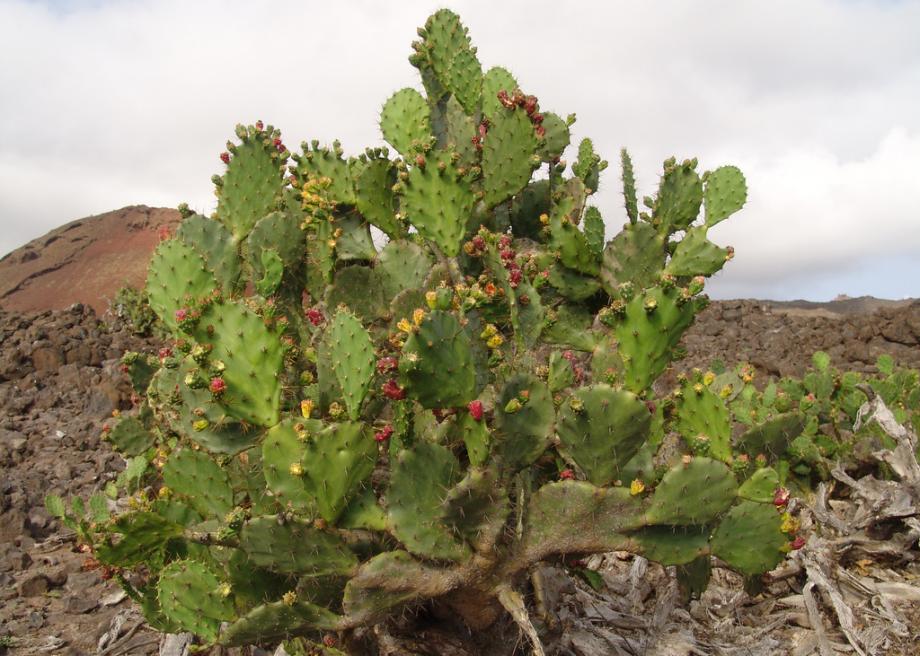
Darwin's descriptions of Ascension's stark terrain enraptured the English botanist and explorer Joseph Hooker. Eager to see the landscape for himself, Hooker embarked on his own voyage to the island in 1843 and thereafter hatched an ambitious plan: to transform Ascension into a greener, gentler place by shipping in trees from around the world and planting them on the jagged, brown hills.
To procure the plants he needed for his artificial forest, Hooker turned to the Royal Botanic Gardens at Kew in London, where his father was the director. Between 1847 and 1850, over 300 trees were dispatched from Kew to Ascension Island and planted on the highest peak—optimistically named Green Mountain—with the aim of improving soil and increasing rainfall. Over the next few decades, plants from Kew and the botanic gardens in Cape Town, South Africa, continued to arrive at Ascension. The result was an altered ecosystem. Today, Green Mountain's vegetation is a verdant mish-mash of ginger, pines, bamboo, aloe, banana bushes, and prickly pears. (The rest of the island is still dominated by browns and grays.)
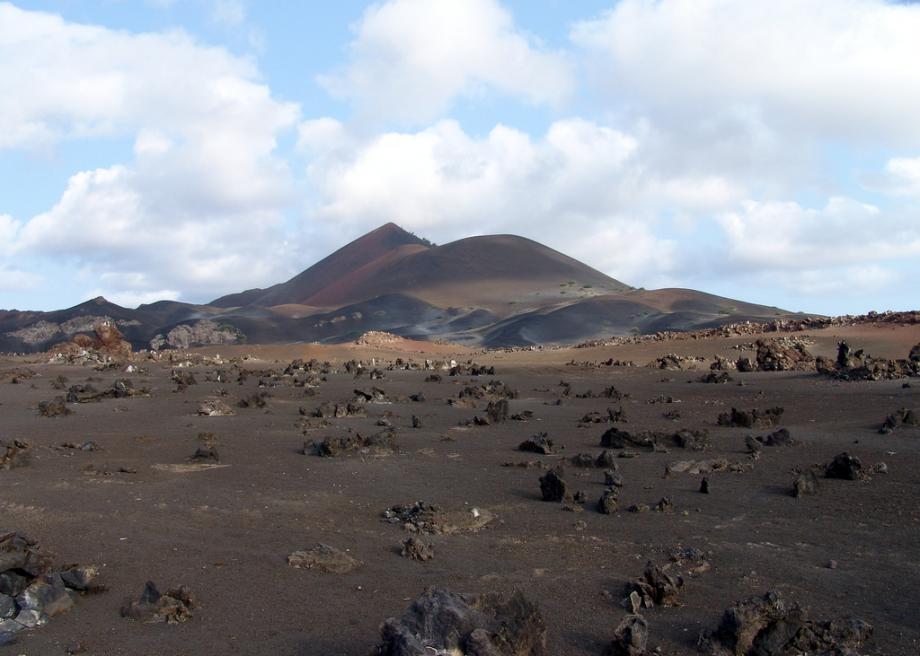
During the 20th century, Ascension functioned primarily as a military outpost. The Americans arrived during World War II to build an airbase, which they used as a stop-off point for planes heading to Europe. Post-war, when the US' focus shifted to the Cold War and the Space Race, NASA established a tracking station on the island that kept tabs on spacecraft and missiles. For an insight into what life was like on the island at that time, have a read of Joe Frasketi's Range Rat page, where former Ascension workers share memories. ("I am confused about the name of the donkey called Rebel," reads one contribution. "He sounds like the same one we called JJ. In addition to hanging around the theater, he used to hang around the NASA site and we would feed him brandy-soaked sweet rolls. He would get drunk and stagger down the road toward the base.")
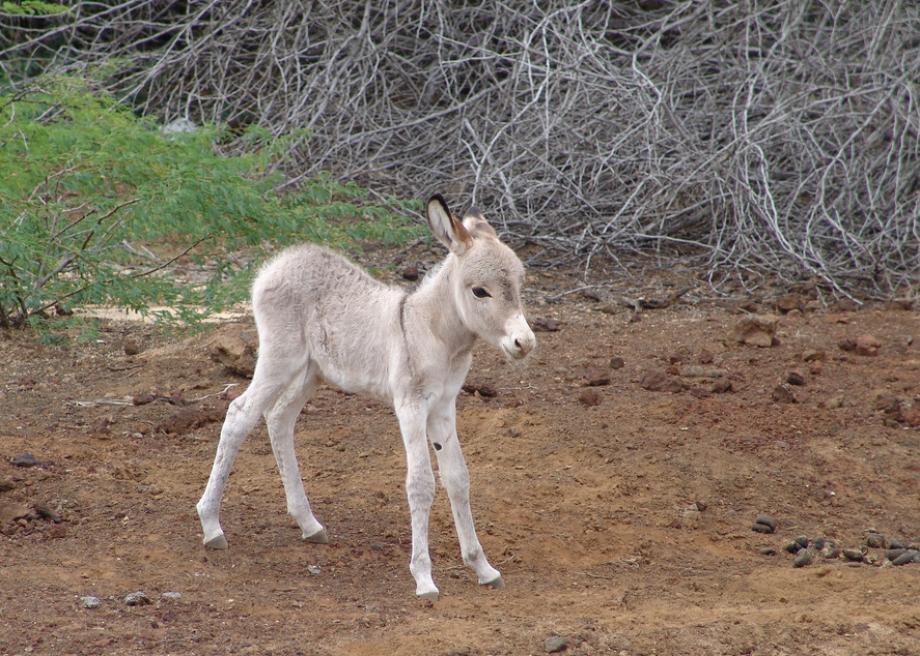
NASA's station is no longer operational, but the European Space Agency maintains a tracking station on the island, and the US and British air force bases remain. Around 800 people now live on the British-administered island, but none are permanent residents. In September 2013 the Guardian reported that privatization of government and military services has resulted in fewer jobs, shorter contracts, and a crackdown on the number of family members who can accompany employees to the island.
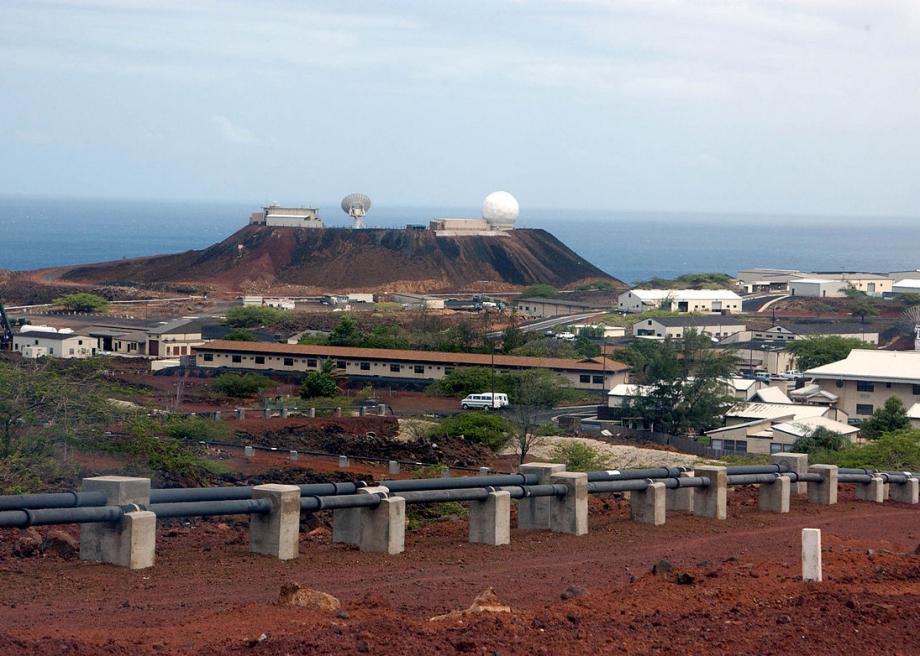
Despite its remoteness and small population, Ascension does have a tourism industry. The main activities on offer for visitors are fishing, hiking, and golf—the settlement of One Boat boasts a golf course that the Ascension government's own website dubs the worst in the world. The website of Ascension's Obsidian Hotel explains why: "The 'Greens' are called 'browns' and are made of crushed compacted lava smoothed flat with diesel oil."
To visit Ascension, you need to request permission from the government a month in advance and make sure you have comprehensive travel and medical insurance, including medical evacuation coverage. Then it's just a matter of hopping aboard a nine-hour military charter flight from the Brize Norton airforce base northwest of London. Bon voyage.
